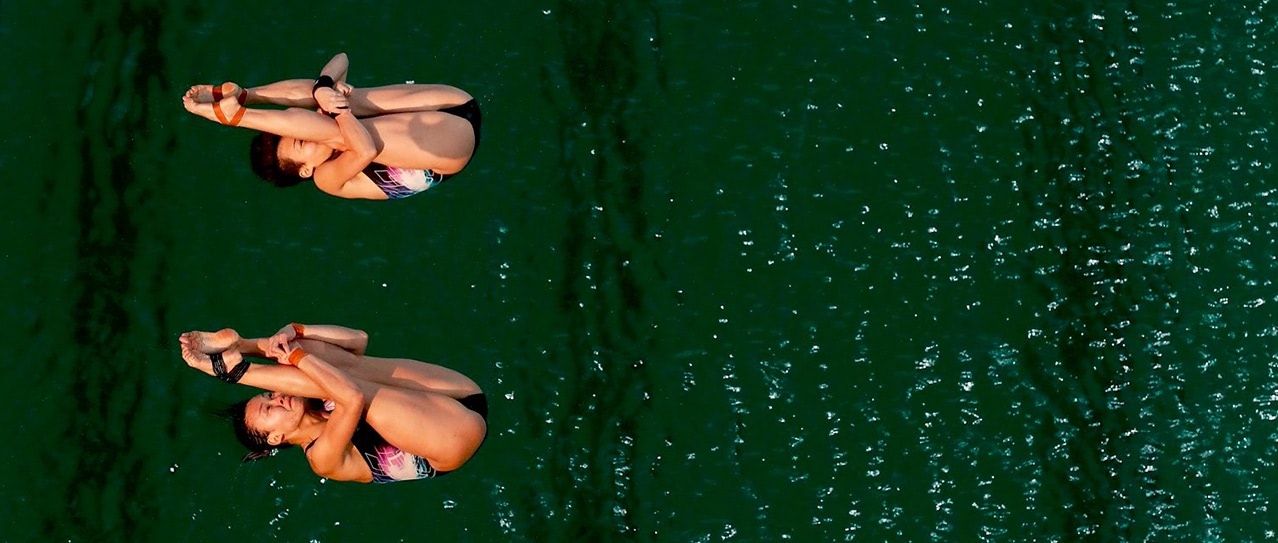It seems the Summer Olympics in Rio de Janeiro have taken the going-green trend to the ultimate extreme. Earlier this week, the women’s diving pool at the Maria Lenk Aquatics Centre mysteriously turned swampy green. The color change happened overnight in just one of the pools, arousing a great deal of speculation.
A few days after the event another pool turned green, this time the water polo pool. Rio Games spokesperson Mario Andrada responded and admitted that the reason for the unusual water color was a “proliferation of algae” primarily because of “heat and a lack of wind”.
Ironically, during the opening ceremony Olympic much attention has been given to the dangers of climate change and the urgency of a green environment. In Brazil's 2009 Olympic bid, officials promised that the city coastal area would be cleaned up, "setting a new standard of water quality preservation for the next generations". However in 2014, Brazilian environmental authorities acknowledged the impossibility to meet their water pollution targets for 2016.
In 2015, the Associated Press conducted a five-months investigation, revealing heavily polluted water with dangerously high levels of viruses and bacteria from human sewage. Despite these concerns, sailors racing in the Olympic Regatta entered the Guanabara Bay. British, German and Croatian teams have said they took preventing measures, such as hepatitis vaccines and using mouthwash when gushing water enters their mouths.
The Olympics most certainly have a history of polluted host cities, remember Sydney’s promise for “Green Games” in 2000, dubbed “Smelly Games” by locals? And what about the air pollution in Bejing in 2008? Hopefully this will be a lesson for Tokyo 2020 Games.
Source: BBC

Share your thoughts and join the technology debate!
Be the first to comment